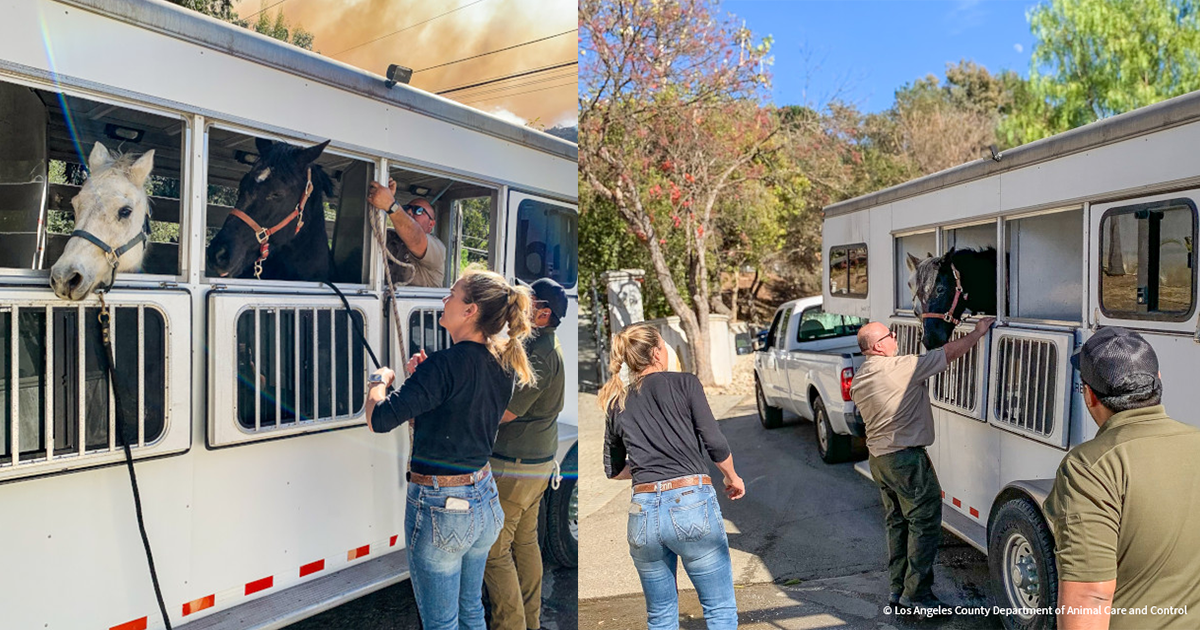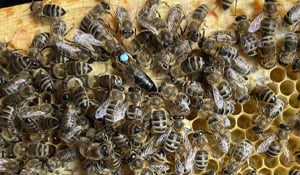Reptiles: helping ecosystems worldwide
Maybe you visited the lizards and snakes in the reptile house at your zoo when you were a kid. Or perhaps their on-screen cousins—Godzilla, Randall from Monsters, Inc, and that insurance-slinging gecko—are more your speed. Whether you like reptiles up close or at a distance, these cold-blooded, thick-skinned creatures play a crucial role in our ecosystems.
Reptiles, which encompasses a large group of species like snakes, lizards, turtles, alligators, and crocodiles, need our help. A wide range of factors, including habitat loss, hunting, pollution, and illegal wildlife trade, are threatening the existence of a large number of species. And we need to help them.
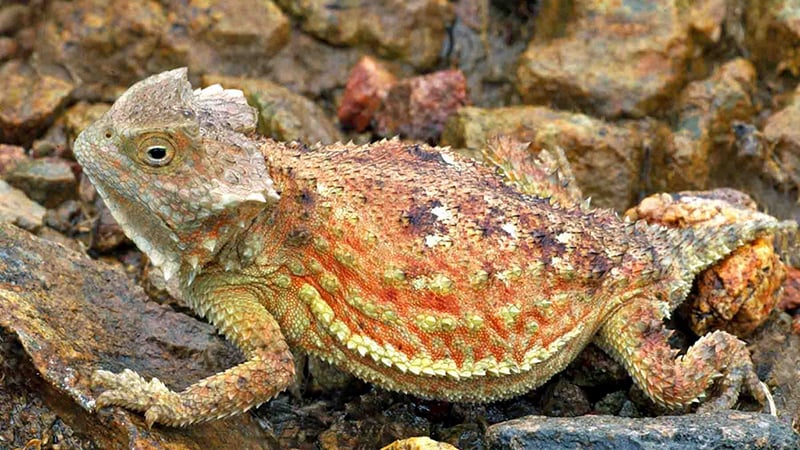
The role of Global Discovery Expeditions
The first step in conservation is to observe and record the living species in an ecosystem, so that’s where we’ve started. Through Greater Good Charities’ Global Discovery Expeditions—a program dedicated to studying and protecting key biodiversity hotspots that face imminent threat and loss—we are working to play a part in reversing negative trends.
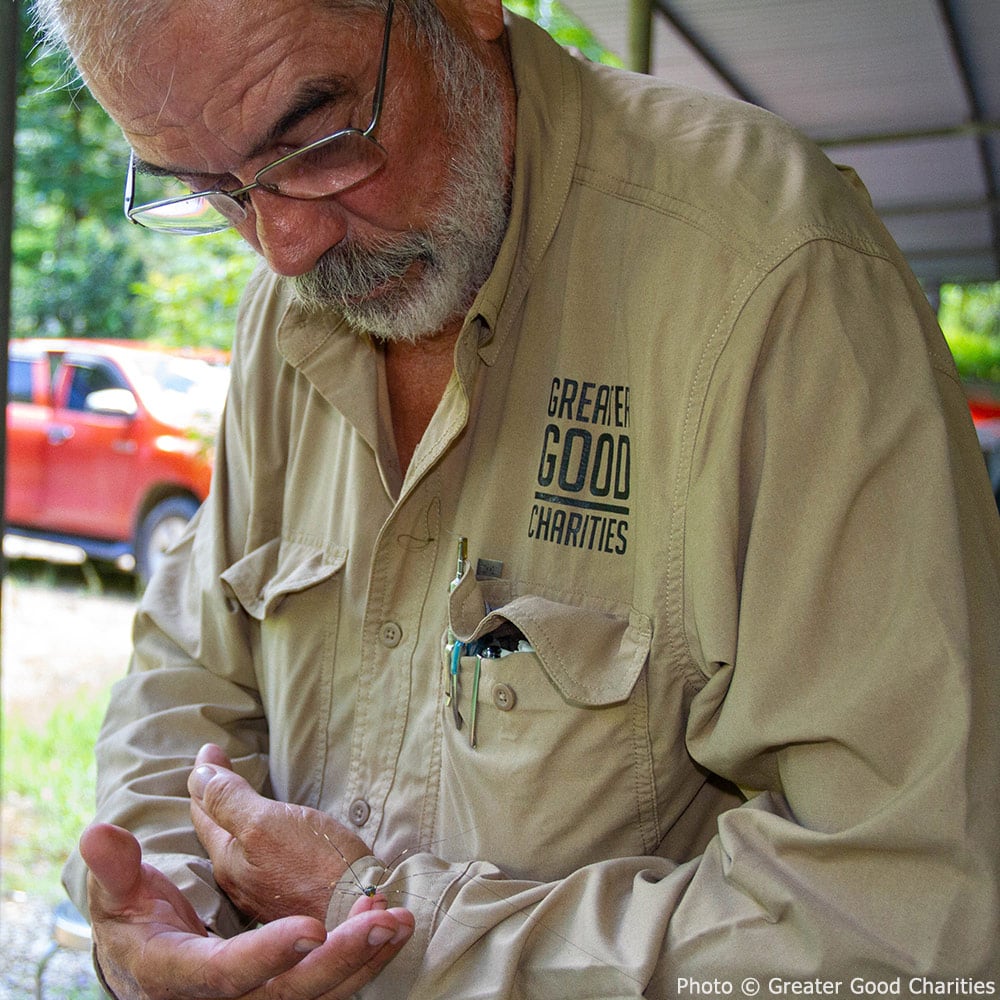 |
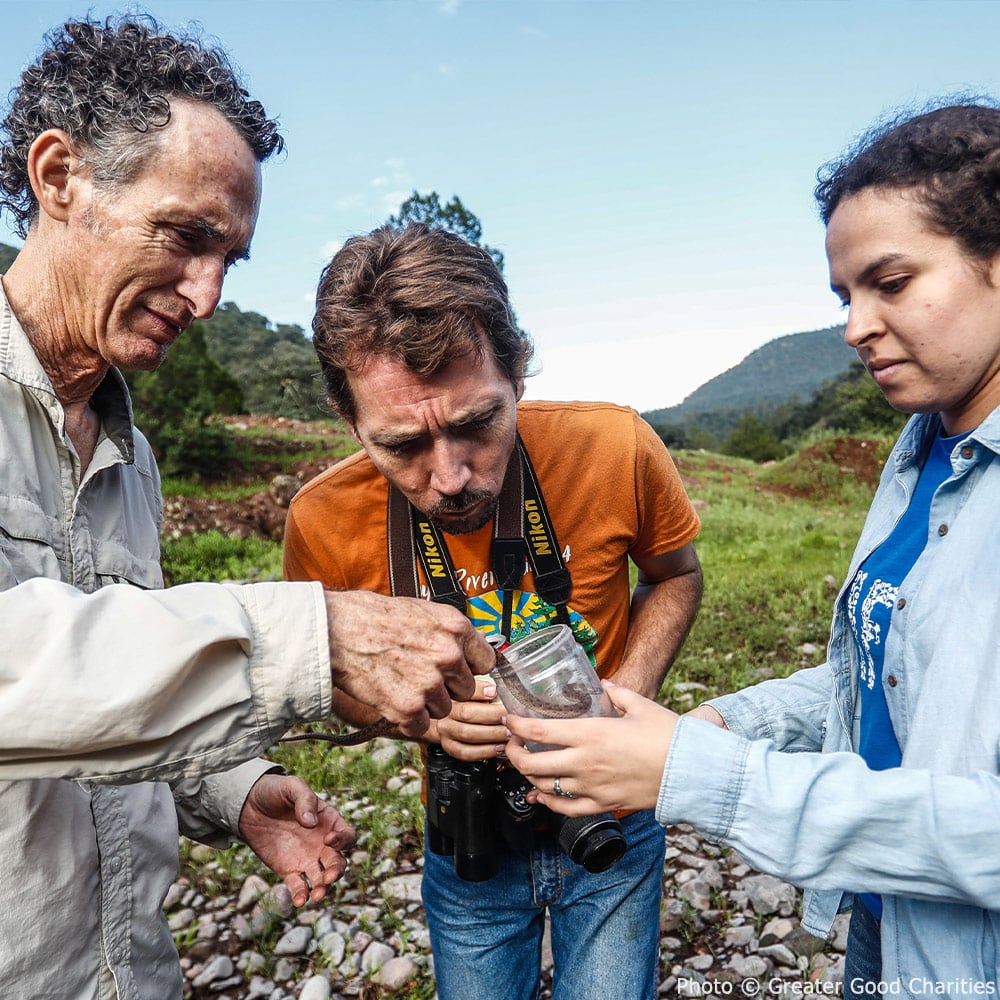 |
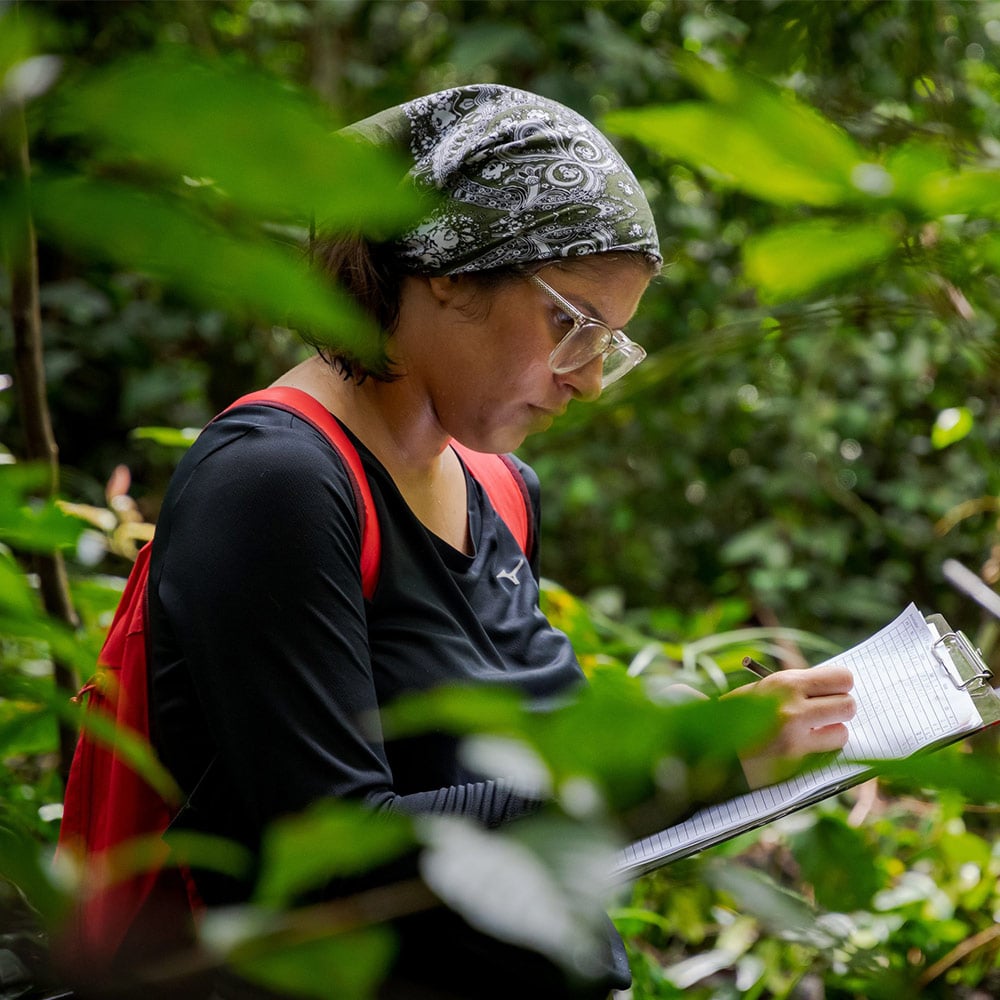 |
Our expeditions began 10 years ago, studying the Madrean Archipelago, a series of unique ecosystems that range from New Mexico and Arizona to Mexico. While surveying 23 Sky Island sites, our teams added more than 60,000 records to the program’s public database, which anyone can use for research, environmental education, and habitat protection.
Finding, studying, and protecting the Rock Horned Lizard
For several years we’ve had particular success in finding and learning about the elusive Rock Horned Lizard, also called the Ditmar’s Horned Lizard. While this flat-backed lizard with broad, blade-like horns on the back of its head was first discovered in 1898, it wasn’t seen again for more than 70 years, when it was spotted ever so briefly. Then, in 2013, we were part of a team of scientists that found, photographed, and documented a juvenile Ditmar’s Lizard, and have since documented this species in ten areas in Sonora. On a 2021 expedition, our team captured several of these lizards and fitted them with tiny transmitters before releasing them, helping us monitor and locate them for 5-6 months until the batteries lost their charges. One exciting discovery was what we call range extensions, meaning we found this species in new locations where it previously had not been found.
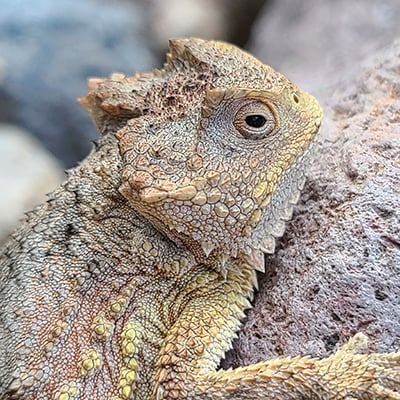 |
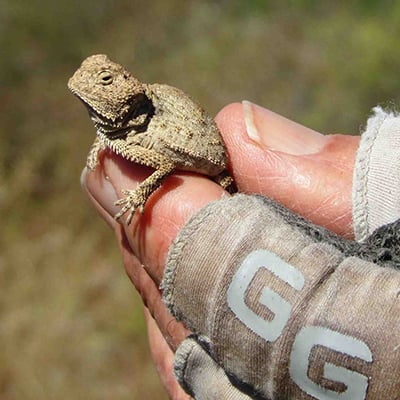 |
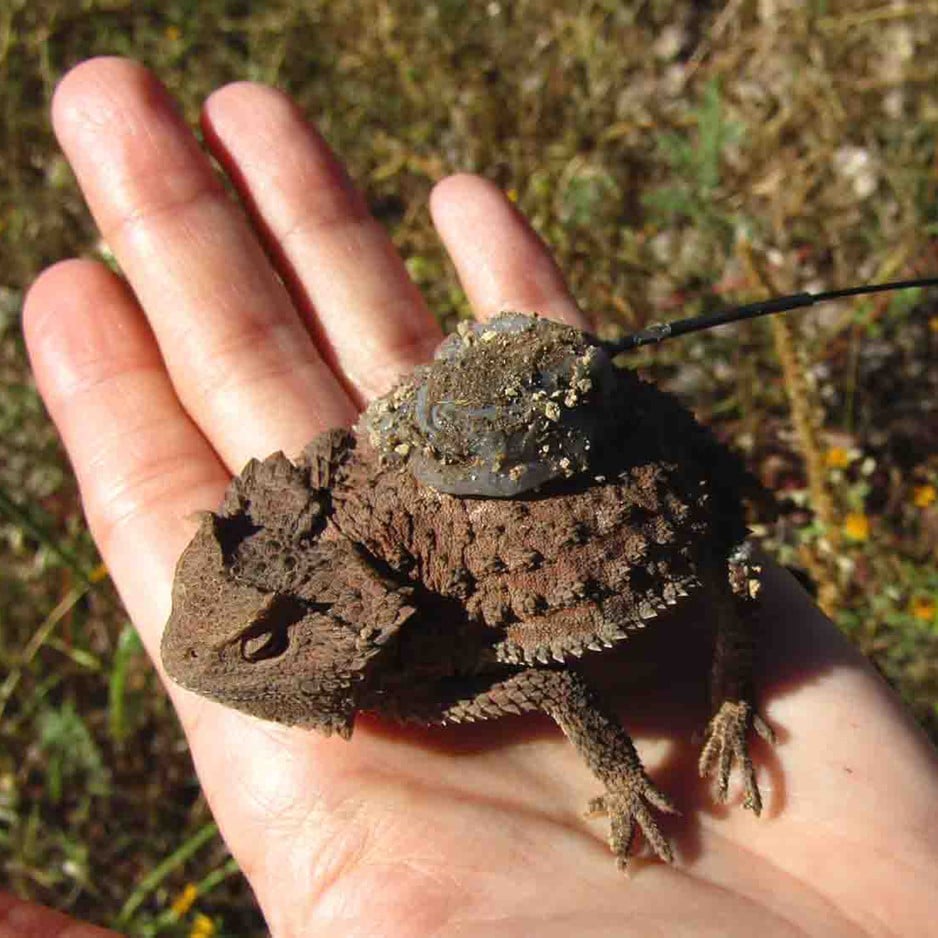 |
Reptiles and the biodiversity of Vietnam
Vietnam is another key location for our work. While it’s one of the 16 most biodiverse countries in the world, many of its estimated 50,000 species are under threat of extinction, including up to 19 percent of reptiles and 24 percent of amphibians. In particular, Siamese Crocodiles are losing their habitat, and Indochinese Box Turtles are being hunted to extinction for medicinal and other reasons.
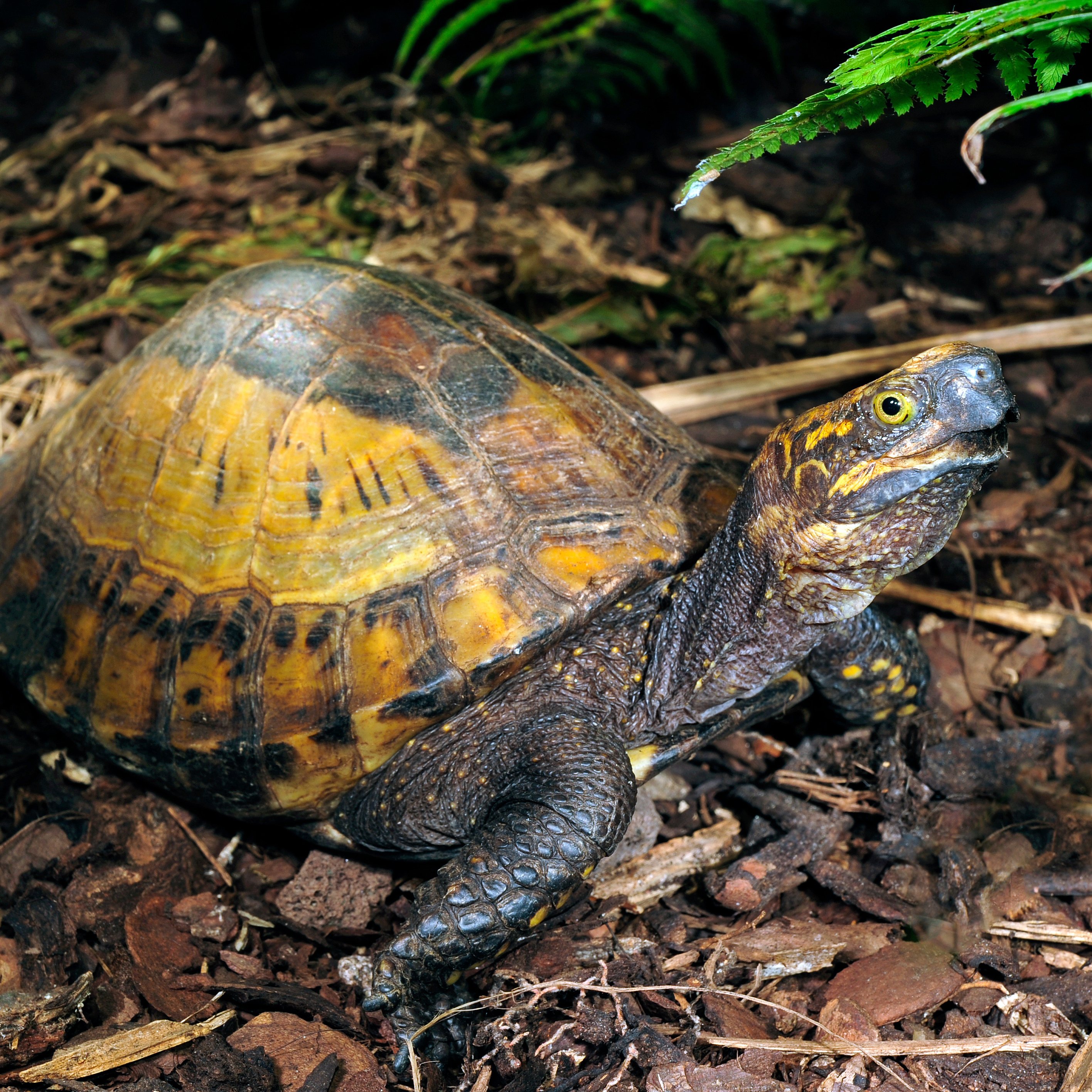 |
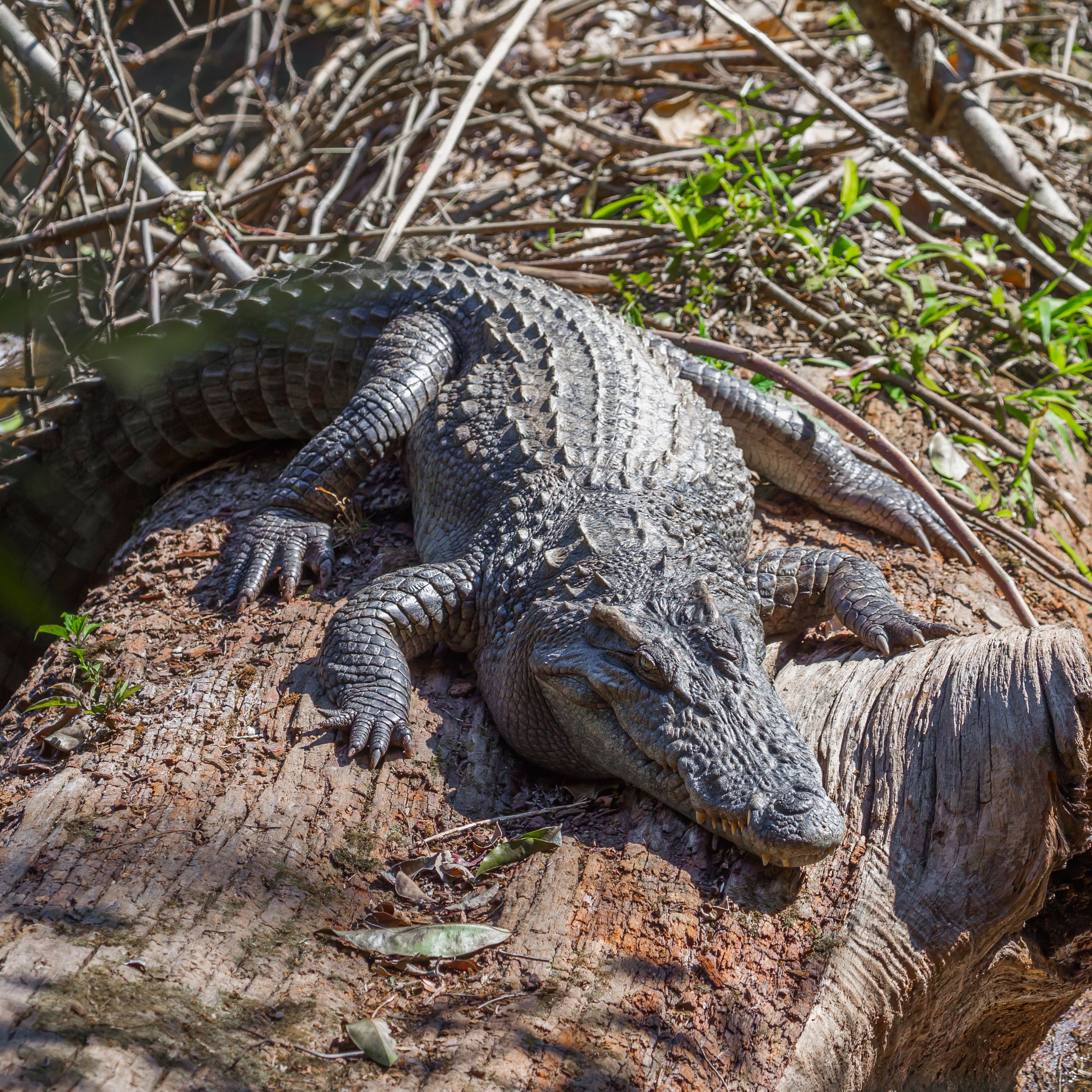 |
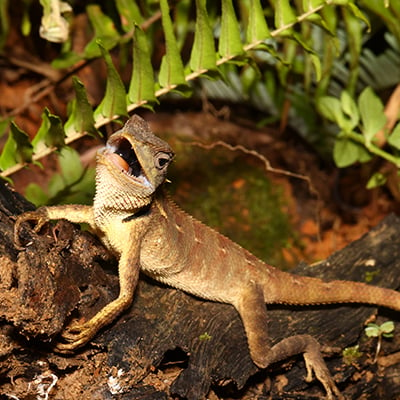 |
During our summer 2023 Global Discovery Expedition to Vietnam, we documented more than 150 species, including 35 herps (short for herptiles, a collective name for reptiles and amphibians, and a variation of a Greek word meaning “crawling things”). Future trips are planned to other areas of Vietnam, with a goal of studying specific reptile species. Stay tuned!
The interconnected role of reptiles in our ecosystems
Without protection, many species are at risk of extinction. And while the loss of a species is a tragedy on its own, its impact goes far beyond the size of our animal kingdom. The health of our forests, jungles, waterways, wetlands, grasslands, and deserts rely on biodiversity. Each location isn’t just a static home to a species; it is a living, complex relationship.
![AdobeStock_378123749-[Converted]](https://greatergood.org/hs-fs/hubfs/AdobeStock_378123749-%5BConverted%5D.jpg?width=800&height=419&name=AdobeStock_378123749-%5BConverted%5D.jpg)
For example, the holes that American alligators dig for staying cool in hot weather, hunting, and mating, become a refuge to other animals during the dry season. These holes are often the only aquatic habitat left, and many species of fish and turtles, birds and other land animals, and plants rely on them.
Plus, animals play a starring role in the food web of most ecosystems—predator or prey, dispersers of seeds, and in some cases, pollinators. On Mauritius, an island nation in the Indian Ocean known for its beaches, lagoons, and reefs, the blue-tailed day gecko is the only pollinator left for the flowering plant, trochetia blackburniana. Like all parts of an ecosystem, their futures are intertwined.
If we lose any one part of an ecosystem, we risk its total collapse, which means dire consequences, not just for animal species, but humans, too.

